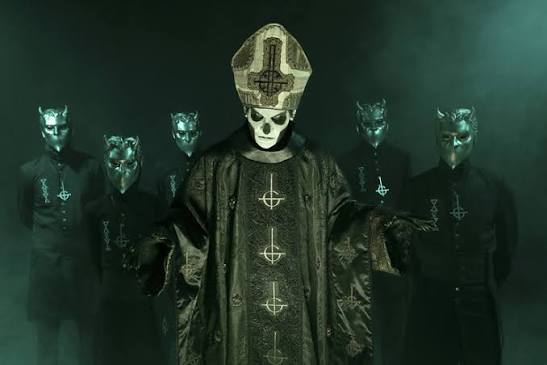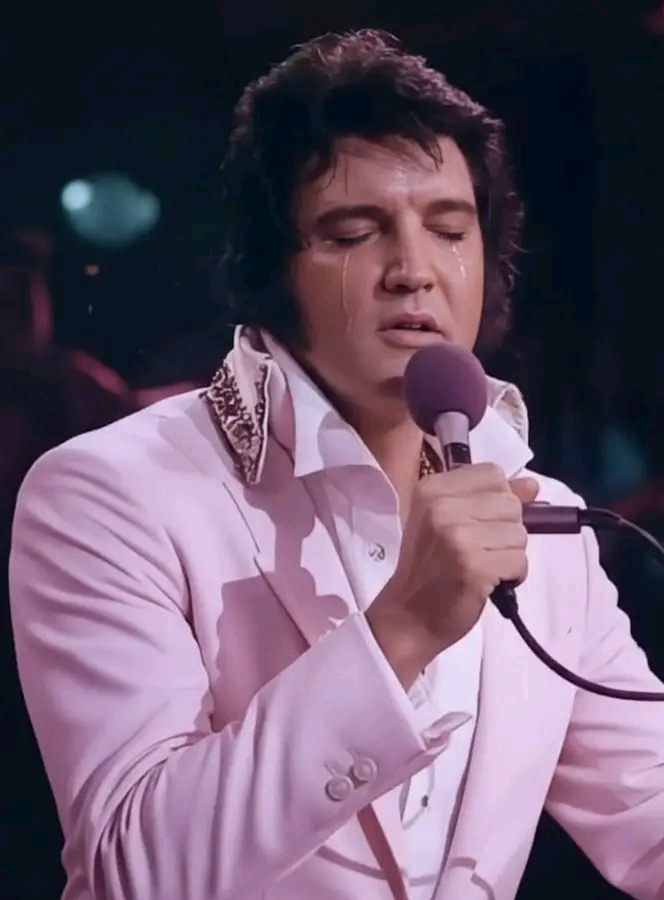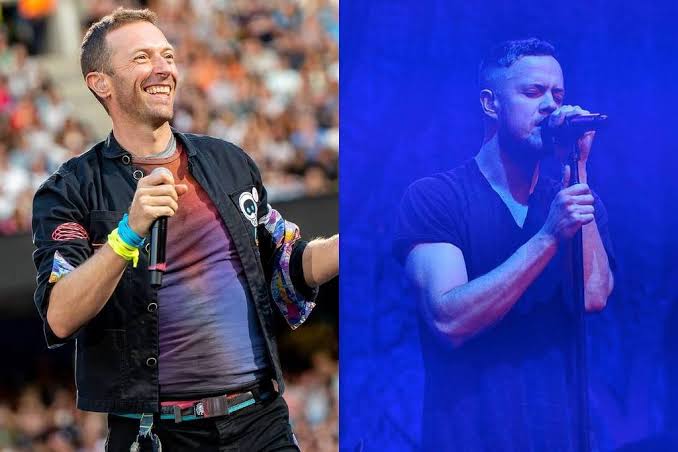
Netflix has unveiled one of its most enigmatic music documentaries yet — “Ghost: Workers Way,” a hauntingly immersive deep dive into the mysterious Swedish band that rose from the underground metal scene to dominate global stages. The film opens with an eerie calm, blending concert footage, backstage confessions, and rarely-seen early recordings that piece together how this theatrical group transformed rock into ritual. With high cinematic polish and a chilling score, Netflix brings the mythology and humanity of Ghost to light in ways fans never imagined possible.
The story traces the band’s unlikely ascent, from their early anonymity in Linköping to becoming one of the most visually captivating acts in modern music. Each mask, costume, and symbol is dissected through a lens of artistry and rebellion, painting a picture of musicians who turned performance into spiritual theater. Interviews with past collaborators and industry insiders reveal how Ghost blurred the line between religion and rock spectacle — a deliberate act of provocation that redefined what a rock band could represent.
What begins as a portrait of mystery soon becomes an exploration of identity and control. Netflix captures the secretive evolution of Ghost’s frontmen — the ever-changing Papas — and how each incarnation carried a message beyond music. The documentary pulls viewers inside the rituals of reinvention, where every tour marks the death and rebirth of a persona. Archival footage shows fans treating concerts like sacred ceremonies, chanting not just for entertainment, but for transcendence.
The filmmakers balance this devotion with raw insight into the costs of maintaining anonymity. Former members speak candidly about the creative tension and the burden of secrecy, offering glimpses of personal sacrifice beneath the masks. Yet rather than diminishing the mystique, these revelations add layers of complexity to the Ghost phenomenon — the idea that the band’s facelessness became its strongest identity.
Visually, the documentary is a masterpiece. Fog-drenched stages, gothic cathedrals, and surreal lighting sequences make “Ghost: Workers Way” feel more like a psychological thriller than a typical rock doc. Netflix’s production team uses cinematic framing and ambient sound design to mirror the band’s aesthetic — holy, haunting, and hypnotic. The result is a film that feels as immersive as attending a Ghost performance in person.
One of the most powerful moments comes when the band’s evolution meets its global explosion. As the film moves through sold-out arenas in Europe, the U.S., and South America, fans of all ages share stories of how Ghost’s message of liberation through darkness resonated deeply in their lives. It’s not just about the music — it’s about belonging, about finding meaning in the theatrical rebellion that Ghost embodies.
Critics and historians interviewed in the documentary note that Ghost’s appeal lies in contrast — the sacred dressed as the profane. Netflix allows that paradox to breathe, exploring how the band drew from heavy metal, pop, and church aesthetics to create something both familiar and forbidden. This artistic tension becomes the emotional backbone of the story, challenging audiences to confront what belief and performance really mean in the age of spectacle.
As the narrative builds, the documentary doesn’t shy away from controversy. Legal battles, public scrutiny, and the unmasking of key figures are addressed with fairness and depth. Instead of sensationalizing, “Ghost: Workers Way” humanizes its subjects — revealing ambition, ego, and creative vision intertwined in a complex dance that mirrors the very themes of Ghost’s music.
The final act is both intimate and grand. The camera lingers on moments of silence after the roar of the crowd fades, revealing the quiet truth of life behind the mask. These closing scenes elevate the story from a chronicle of fame to a meditation on purpose — the idea that art, like faith, demands both sacrifice and surrender.
By the time the credits roll, “Ghost: Workers Way” has achieved something rare: it demystifies and deepens the legend simultaneously. Netflix delivers not just a music documentary, but a cinematic sermon about art, identity, and belief in modern culture. For longtime fans and newcomers alike, this is a must-watch experience — a ghostly revelation that lingers long after the final frame fades to black.



